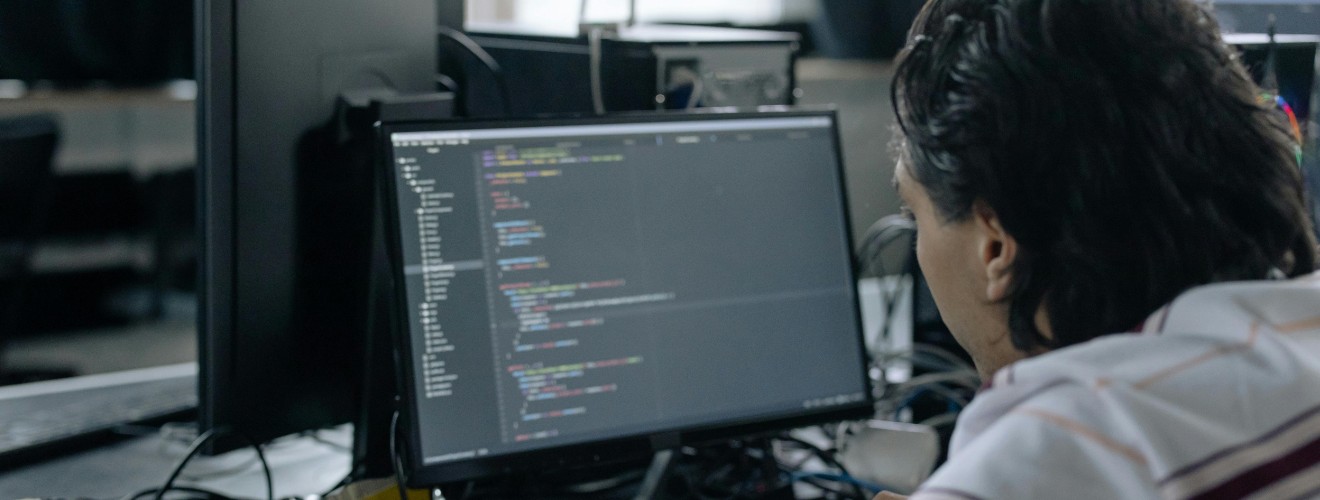In today’s increasingly complex threat landscape, organizations can no longer rely on standalone security measures to protect their assets, data, and people. Traditional access control systems and surveillance solutions have long been staples of physical security, but when used in isolation, they often leave critical gaps. The real power lies in integration—when access control and surveillance systems work together as a cohesive unit, they create a holistic security posture that is proactive, responsive, and intelligent.
Also Read: Your Phone Is Watching: Mobile Security Tips You Can’t Ignore
The Limitations of Standalone Systems
Access control systems are designed to regulate who can enter or exit specific areas within a facility. They typically rely on credentials like keycards, PINs, biometrics, or mobile apps. Surveillance systems, on the other hand, monitor and record activity through cameras placed at strategic locations. While both systems are effective on their own, they lack the context and responsiveness needed to address evolving threats.
For example, access logs can tell you who entered a room and when, but without visual verification, there’s no guarantee that the person using the credentials is actually the authorized user. Conversely, surveillance footage may show a security breach, but without real-time access data, it may be difficult to trace the identity of the intruder. This is where integration becomes essential.
The Power of Integration
By combining access control with surveillance, organizations gain real-time insights and situational awareness that are simply not possible with siloed systems. An integrated solution enables security teams to:
- Visually verify access events: When someone swipes a badge or uses facial recognition to enter a secure area, the system can automatically pull up the corresponding camera footage. This adds an extra layer of authentication and helps detect credential misuse or identity spoofing.
- Automate alerts and responses: If an unauthorized access attempt is detected, the system can trigger an immediate response—such as locking down a facility, sounding an alarm, or alerting security personnel—while simultaneously capturing video evidence of the incident.
- Streamline investigations: Post-incident reviews become faster and more accurate when access logs are synced with video footage. Investigators can quickly cross-reference time stamps and footage to trace events and verify claims.
- Monitor from a centralized dashboard: Modern integrated platforms offer unified interfaces where security staff can manage credentials, view live feeds, and respond to threats—all from a single screen. This reduces the chance of human error and improves operational efficiency.
Benefits Across Sectors
The integration of access control and surveillance offers significant advantages across a wide range of industries. In healthcare, it ensures that only authorized personnel can access sensitive areas like operating rooms and drug storage, while providing an audit trail for compliance. In education, it helps safeguard students and staff by preventing unauthorized access to school buildings and monitoring campus activity in real time.
Corporate offices benefit by enhancing employee safety and protecting intellectual property. Meanwhile, industrial sites and data centers can minimize downtime and prevent sabotage by closely monitoring access to critical infrastructure.
Moving Toward Smarter Security
With the rise of AI and cloud-based platforms, integrated security systems are becoming smarter and more scalable. Advanced analytics can detect suspicious behavior patterns, such as loitering or tailgating, and send real-time alerts. Cloud integration enables remote monitoring and easier updates, making these systems more agile and future-ready.
Organizations should also consider cybersecurity when integrating physical security tools. A connected ecosystem requires strong encryption, regular patching, and user access controls to prevent digital intrusions.
Also Read: Why Is Cybersecurity Important in the Education Sector?
Conclusion
In an era where security threats are both physical and digital, integration is not just a trend—it’s a necessity. Bringing together access control and surveillance provides a more comprehensive, reliable, and intelligent approach to security. By eliminating silos and embracing smart technologies, organizations can protect their people, property, and peace of mind more effectively than ever before.
Tags:
Network SecuritySecurity Best PracticesSecurity ComplianceAuthor - Imran Khan
Imran Khan is a seasoned writer with a wealth of experience spanning over six years. His professional journey has taken him across diverse industries, allowing him to craft content for a wide array of businesses. Imran's writing is deeply rooted in a profound desire to assist individuals in attaining their aspirations. Whether it's through dispensing actionable insights or weaving inspirational narratives, he is dedicated to empowering his readers on their journey toward self-improvement and personal growth.
